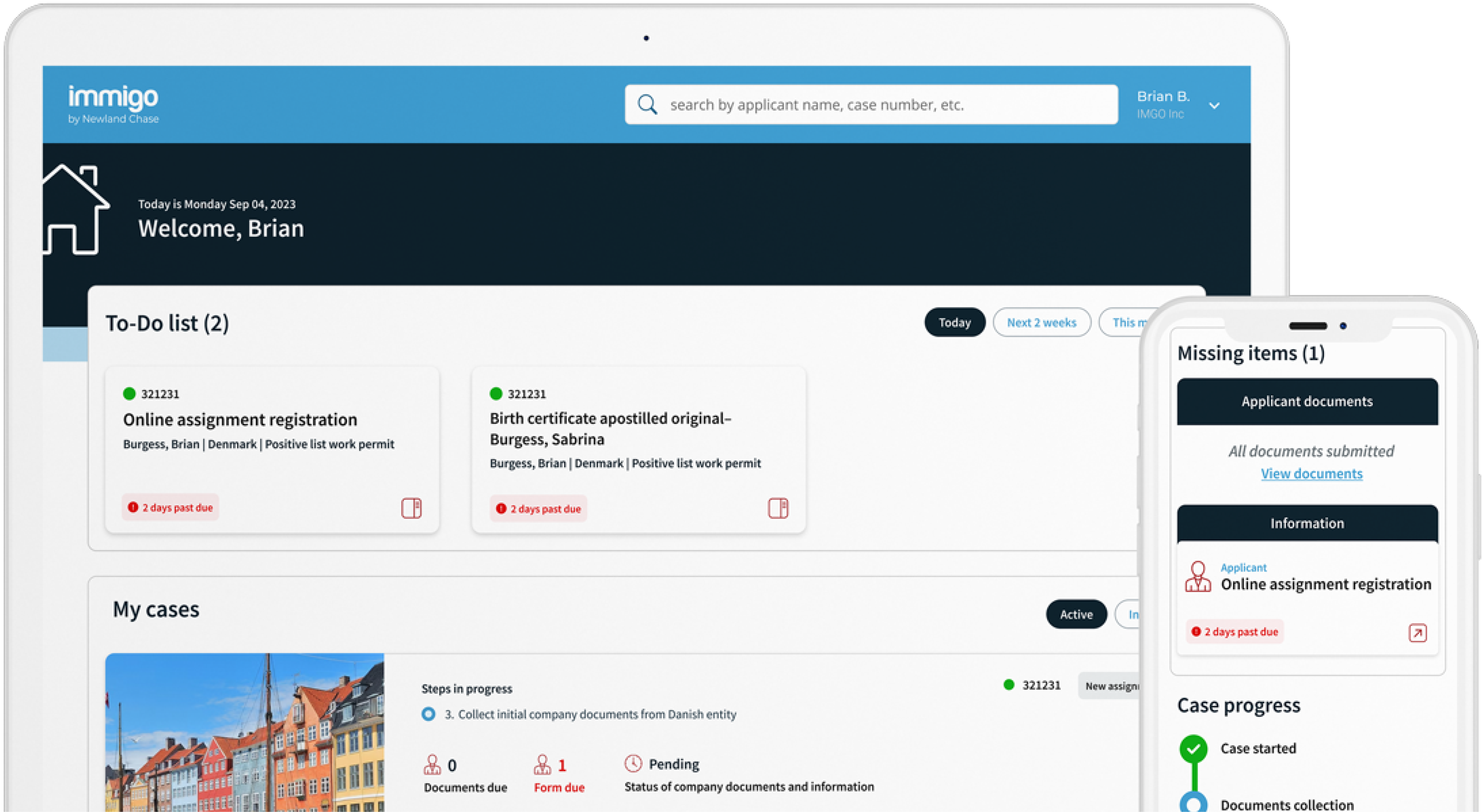Get The Visibility Your Company Needs
Reduce compliance risks and mobility costs while managing individual and project-related travel with ImmiSMART: the solution that unifies your travel and mobility programs.
Is the UK’s Tier 1 (Investor) Visa Under Threat?
March 10, 2016
Following recently published figures from ONS, there was a significant decline in the number of applications for the Tier 1 (Investor) Visa in 2015. Here we explore the reasons behind this drop and what the future might be for this category.
The Tier 1 (Investor) category was initially introduced as a means for wealthy non-EU nationals and their families to enter and reside in the UK, with a view to obtaining permanent residence.
The rules dictated that a Tier 1 (Investor) was required to invest £1million in the UK economy, with the option to allocate 25% of the investment into UK assets such as UK property which they live in.
In response to the Migration Advisory Committee’s report published in February 2014, the Home Office amended the Tier 1 (Investor) category rules. On 6th November 2014 the minimum investment threshold was raised from £1 million to £2 million and investors were required to invest the full £2 million in the UK by way of UK Government bonds, share capital or loan capital in active and trading UK registered companies. Investors were no longer permitted to use cash on deposit or the value of their residential property as part of their investment.
In the 12 months prior to the rule changes, 357 Investor visas were issued to Chinese nationals, which accounted for 43% of all investor visas issued, making them the largest beneficiaries of this route by some distance. The second largest numbers of investor visas were issued to Russian nationals, although this made up less than half of the number of those issued to Chinese nationals.
When news of the changes to the Tier 1 (Investor) route were announced there was a great deal of conjecture as to the effect this would have on numbers of people applying to enter the UK under the investor category and, ultimately, the impact this would have on inward investment to the UK.
The recently published ONS figures go some way to answering these questions and are included below:
Number of Tier 1 (Investor) applications by year and number
|
YEAR |
TOTAL |
|
2015 |
192 |
|
2014 |
1,172 |
|
2013 |
565 |
|
2012 |
470 |
|
2011 |
331 |
|
2010 |
211 |
|
2009 |
153 |
The effects of the 2014 rule changes appear stark. Even allowing for a spike in the number of applicants during 2014, where investors rushed to submit their applications prior to the £1 million threshold being increased, allied to the current geopolitical and economic factors affecting China and Russia in particular, the figures represent a sharp decline in the number of potential investors applying to enter the UK. The 2015 figures represent a fall of 66%, 60% and 42% on the number of people applying for Tier 1 (Investor) visas compared with the number of applicants in 2013, 2012 and 2011 respectively.
One conclusion which may be drawn from these figures is that potential non-EU investors are being discouraged from investing in the UK and they are choosing to invest in other countries which offer more favourable conditions for them to make their investment and citizenship opportunities for them and their family. Although precise figures are difficult to quantify, evidence points to wealthy non-EU nationals, especially those from China, investing substantial sums in Canada, the USA and Australia, all countries who are the UK’s traditional competitors when making efforts to attract overseas investment.
In addition, the UK faces increased competition from other EU states offering investment opportunities which lead to the grant of an EU passport. An example being Malta’s Individual Investor Programme (IIP) which requires a smaller investment than the UK in order to qualify for Maltese citizenship, and the Citizenship-by-Investment scheme in Cyprus which can lead to non-EU nationals being granted Cypriot citizenship within 3 months of an investment being made. In most cases the UK requires five years continuous leave in the United Kingdom by an investor before permanent residence is granted, and a further year before they become eligible to apply for a UK citizenship.
We eagerly await the 2016 figures, which will provide an indication as to whether the recent fall in non-EU nationals applying to enter the UK to invest in our economy was merely a short term response to the increased numbers of applicants applying during 2015 or part of a longer term trend, and how our government responds.
An amendment to the 2015 Immigration Bill has been tabled by the Liberal Democrat peers Baroness Hamwee and Lord Paddick, which proposes the closure of the Tier 1 (Investor) route in the UK from 1st January 2017. The reasons behind the proposal are not immediately identifiable and it is important to stress that, at this time, no decision on this has been reached. We shall keep you updated as to any further developments.
If you require further information on the Tier 1 (Investor) Visa, or would like to explore other global investor routes, please email us at [email protected].




